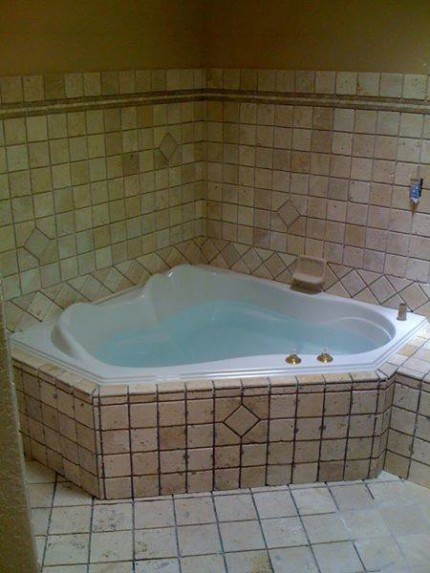Every year, winter brings dozens of seasonal challenges to homeowners around the world. There’s nothing more unexpected (and difficult to handle) than winter plumbing problems. As the cooler months arrive, use these three tips to help in preparing your home for winter.
- Prevent Frozen Pipes. When the temperatures drop below freezing, it’s not uncommon for unprepared homeowners to wake up to frozen pipes. Thankfully, most “frozen pipe” dilemmas can be prevented with the right preparation. To prevent your pipes from freezing, allow your faucets to drip slightly (moving water prevents pipes from freezing). Consider insulating your pipes to prevent future issues. Keep your home’s temperature to above 55 degrees.
- Protect your Garden Hoses. Did you know garden hoses can freeze over when temperatures drop below freezing? Before winter arrives in full force, disconnect your garden hoses and replace the hose with a faucet jacket, which protects the water lines running from the exterior of your home to the interior. For extra protection, shut off the water valve that connects your internal and external pipes (often found underneath the kitchen sink). In addition, if your home has sprinklers, be sure to perform a blowout to remove any remaining water from the line. Remember that frozen garden pipes can cause a pressure build-up within the water lines inside your home, increasing your risk of a line break or leak, so it’s important to address these issues before freezing temperatures arrive.
- Unclog Drain Backups Before Winter Arrives. Even when temperatures are warm, a clogged drain can cause a number of problems for your family’s lifestyle. When temperatures start to drop, all of those problems caused by a clogged drain multiply dramatically. Clogged pipes make it difficult for water to move freely in the plumbing – when winter brings the added challenge of freezing temperatures, a simple drain clog can transform into a bigger problem. Even if your drains aren’t noticeably clogged, use the tips below to clear them out completely before winter. Start by sending hot water down your pipe. Hot water is notorious for breaking up tough grime without the use of harsh chemicals. If you’re not experiencing significant back-ups, this is a great way to clear out a pipe that doesn’t have serious drainage problems. Then, snake your drain. When drains become stubbornly stuck, using a snake is one of the more affordable (and versatile) solutions. Snakes can be used to clear a clog in a toilet, sink, or other plumbing system.
Each winter, homeowners around the country find themselves (and their plumbing systems) unprepared for the cold weather. By preparing your home for dropping temperatures before they have the chance to damage your plumbing system, you can save your family hundreds (if not thousands) of dollars in repair costs. Prevent your family from struggling with cold-weather plumbing issues with this three-step guide to protecting your home’s plumbing during the winter.




